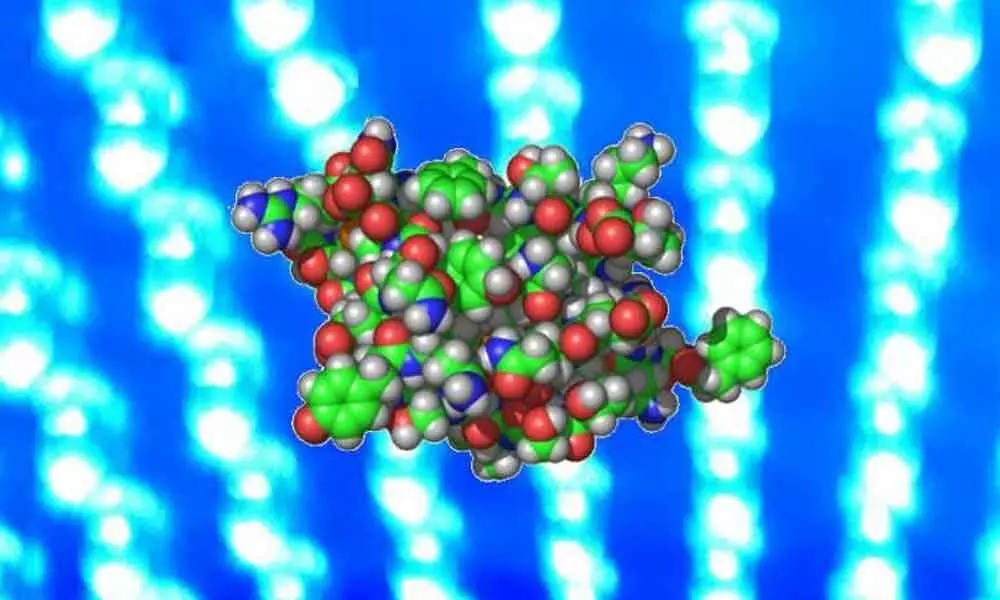Researchers engineer insulin-producing cells for diabetes

Researchers have found a way to engineer pancreatic beta cells that can enhance production of insulin in response to glucose levels when these cells are "switched on" by light.
The study, published in the journal ACS Synthetic Biology, shows that glucose levels can be controlled in a mouse model of diabetes without pharmacological intervention.
The researchers found that transplanting the engineered pancreatic beta cells under the skin of diabetic mice led to improved tolerance and regulation of glucose, reduced hyperglycemia, and higher levels of plasma insulin when subjected to illumination with blue light.
"It's a backwards analogy, but we are actually using light to turn on and off a biological switch," said Emmanuel Tzanakakis, Professor at Tufts University in the US and corresponding author of the study.
"In this way, we can help in a diabetic context to better control and maintain appropriate levels of glucose without pharmacological intervention. The cells do the work of insulin production naturally and the regulatory circuits within them work the same."
The blue light simply flips the switch from normal to boost mode. Such approaches utilising light-activitable proteins for modulating the function of cells are being explored in many biological systems and have fuelled efforts toward the development of a new genre of treatments.
"There are several advantages to using light to control treatment," said Fan Zhang, graduate student in Tzanakakis' lab at Tufts and first author of the study.

















